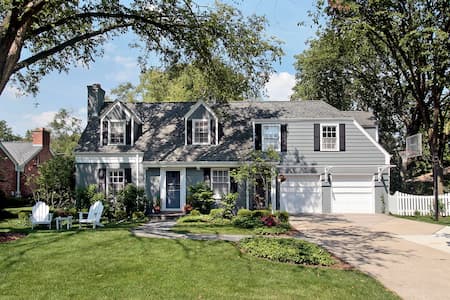Soft Washing vs. Pressure Washing: Understanding the Difference and Choosing the Right Method for Your Home

Maintaining your home's exterior is essential for both its appearance and structural health. Soft washing and pressure washing are two common methods for cleaning surfaces, each with distinct advantages. Understanding their differences can help you select the most suitable method for your needs. For example, exterior building softwash is ideal for delicate surfaces and organic growths, providing a gentle yet effective clean. On the other hand, pressure washing excels at tackling tough grime on hard surfaces. Assessing your home's specific needs will guide you in choosing the right approach.
Methodology
- Soft Washing: This technique uses low-pressure water combined with specialized cleaning solutions to remove dirt, algae, mold, and mildew. Its gentle approach minimizes the risk of damaging delicate surfaces, making it ideal for materials like roof shingles, painted surfaces, and vinyl siding.
- Pressure Washing: Also known as power washing, this method employs high-pressure water to blast away dirt and grime. It is highly effective for hard surfaces such as driveways, sidewalks, decks, and fences, though it may be too harsh for more delicate materials.
Cleaning Power and Effectiveness
- Soft Washing: It excels at removing organic growths and inhibits their regrowth. The cleaning solutions break down contaminants at a molecular level, providing a thorough cleaning and preventing future growth.
- Pressure Washing: This method quickly removes surface dirt and stubborn stains with high-pressure water. However, it may not address underlying issues like mold and algae, which can return if not treated properly.
Safety for Surfaces
- Soft Washing: The low-pressure approach is gentle on surfaces, reducing the risk of damage. It's especially recommended for older homes or delicate materials that are prone to wear and tear.
- Pressure Washing: While effective on hard surfaces, high-pressure water can damage paint, wood, and shingles if not used carefully. Proper adjustment of pressure settings is crucial to avoid unintended damage.
Environmental Impact
- Soft Washing: Considered more environmentally friendly, soft washing uses biodegradable cleaning solutions and reduces water waste with lower pressure.
- Pressure Washing: This method consumes more water and can lead to runoff that may carry contaminants into nearby water sources. Managing water usage and runoff is essential to minimize environmental impact.
Cost and Convenience
- Soft Washing: It may be more cost-effective in the long term due to its ability to provide a longer-lasting clean and reduce the frequency of cleaning. The gentler approach also minimizes repair costs by preventing surface damage.
- Pressure Washing: Although it might require more frequent cleanings and higher initial equipment costs, pressure washing is efficient for certain tough cleaning tasks. However, potential surface damage can lead to additional repair expenses.
Choosing the Right Method for Your Home
Selecting between soft washing and pressure washing depends on your home's specific needs. Soft washing is best for delicate surfaces and organic growths, offering thorough cleaning with lasting results. Pressure washing is suitable for tough cleaning jobs on hard surfaces. Consider your property's requirements to make an informed choice that maintains both its appearance and structural integrity.
Ready to start the journey of revitalizing your home's exterior? Call Promaxx Softwash LLC today at 906-399-9748 to schedule a service.
Schedule Your Pressure Washing Services In Michigan’s Upper Peninsula Today!